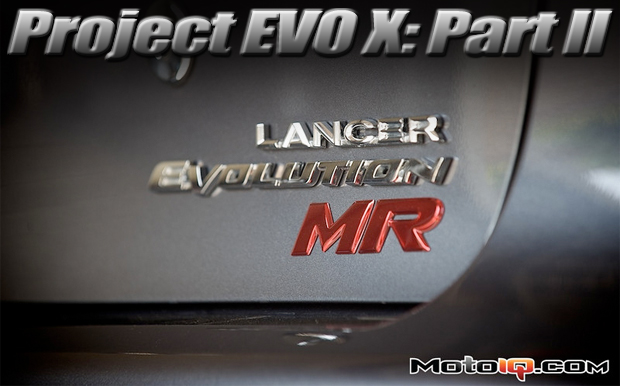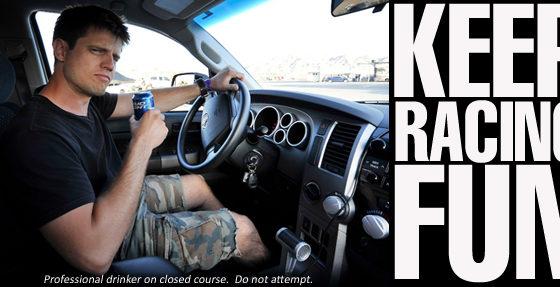,
Stoptech also gives the option of either grooved or drilled rotors. We chose grooved in anticipation of some hard track driving as drilled tends to crack under track conditions. Grooving or drilling helps evacuate the fireband, or the area where the brake pads contact the rotor. This area gets super hot under braking and a lot of ablated pad and rotor material is created under hard braking which can act as a lubricant creating inconsistent braking action. The holes or slots help to efficiently remove this material under braking.
 |
| Stoptech supplies these high quality braided steel brake lines with the brake kit. |
Finally the Stoptech kit comes with braided steel brake lines. Braided lines help improve pedal feel because they do not expand under hydraulic pressure when the brake pedal is pushed unlike the swelling stock rubber lines.
 |
| The Street calipers have much needed dust seals. The dust seals are usually omitted from racing calipers as they get heat damage, however they are needed on the street to shield the seals from dust, dirt and water. Note that the pistons are different in size. Smaller leading pistons are used to reduce taper wear on the brake pads during long term use. |
The most important reason why we selected Stoptech brakes is that they are one of the few brake kit manufactures that carefully engineers the proportioning of their systems to exactly match the car. On stock brake systems with a single master cylinder, the brake’s hydraulic proportioning is largely controlled by the caliper piston size. The larger the piston the greater the hydraulic force applied to the brake pad, the smaller, the less. Our Stoptech calipers have 19 different possible combinations of piston size to make precise proportioning possible. Stoptech pioneered this ability to fine tune the piston size in the aftermarket. Many things are considered when choosing piston sizes; stock master cylinder bore diameter, car size and weight, weight distribution, brake pad size, rotor size, tire size and wheel size.
 |
| The car’s dust shields must be removed as they will hit on the bigger rotors. The brakes will run cooler without them as well. |
The importance of this cannot be downplayed. At MotoIQ we have plenty of experience with big brake kits. Prior to Stoptech pioneering correct proportioning, it was typical for a big brake kit to have a longer stopping distance to stock. Although the brake might be bigger, more fade resistant and more powerful than stock, the big brakes almost always had too much front brake bias. Non functioning ABS, a long mushy brake pedal and premature front wheel lockup were common faults of your typical aftermarket kit. Fortunately back then most cars stock brakes were so bad, it was better to put up with the bad proportioning just to have a car that would have brakes at all after a few laps!
 |
| Tin snips were used to cut the shield into smaller easy to manage pieces. |
A few years ago I drove an EVO for a well known tuner company in an EVO Tuners shootout. It had a very famous manufacturers 4 wheel brake upgrade kit. The kit was poorly designed with huge pistons in the flexing calipers and way too much front bias. Although the kit was pretty and looked awesome on the floor of the SEMA show, on the Streets of Willow it rendered the car difficult to drive. The way too high front brake bias made the car’s ABS system go berserk with the front wheels being pulsed at about a 75% threshold of maximum braking force.
 |
| The remains of the heat shields! |
With the ABS system disabled, the front wheels would simply lock with little ability to modulate. The pedal was long and mushy with little feel further exaggerating the difficulty in modulation. As a last straw, a brake line ruptured while entering turn two at Streets of Willow. Those of you who drive there know it’s sort of tricky and with suddenly a huge loss of braking power left me with little option other than to throw the car sideways to make it slow down while wildly pumping the brakes. I told the owners of the car that the stock brakes were probably 2-3 seconds a lap faster than the flashy looking, multi piston and huge rotored “downgrade” they installed. This sort of trouble would never be so in a Stoptech system. With its correct proportioning, it is compatible with the car’s ABS and Stability control systems.


